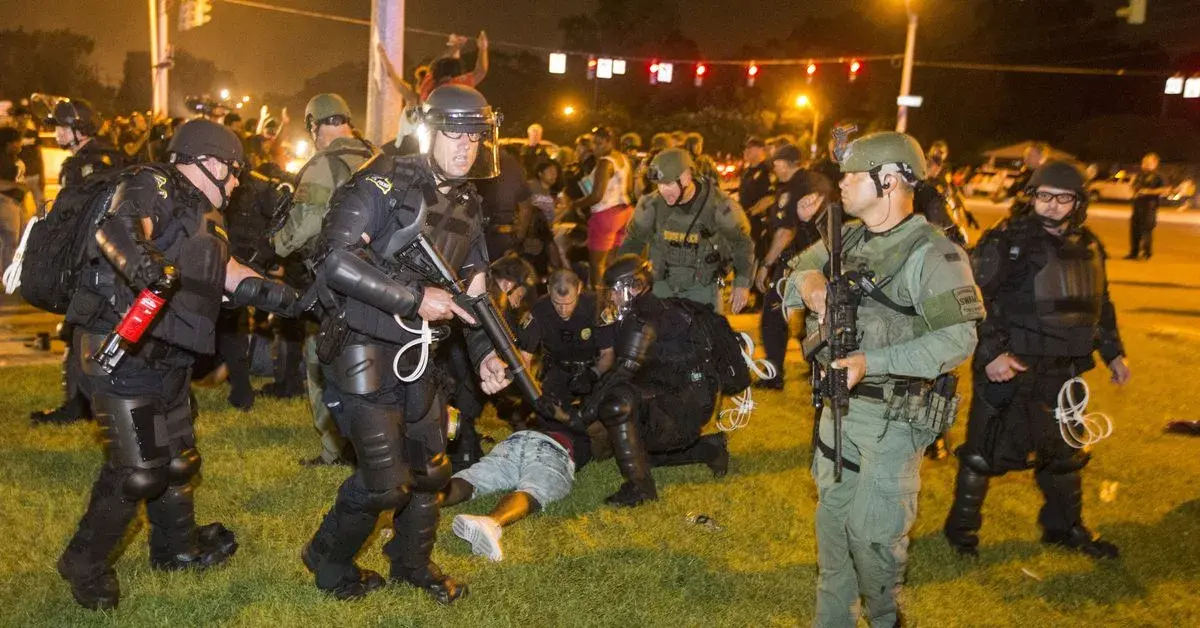Rage and clickbait.
This is essentially a civil case turned into something bigger because the person who got hit with a rock was a cop.
Had it just been another protester, there would be no call to undermine the 1st amendment.
And if SCOTUS goes that route, they will lose a lot of support from their politicians.
I mean of course since current SCOTUS is mentally deranged and highly partisan, they may of course still do it.
And I have a protest bag already packed and waiting if they do.
Remember the important supplies: Bottled water, masks and rags, first aid kit, baking soda to dilute to treat pepper spray
Leave your phone and IDs at home
This isn’t hyperbole, you have SEEN what SCOTUS is doing and it is time to rattle their rafters with a unified voice.
Leave your personal device and IDs at home
If you’re able, bring a burner to record and distribute evidence of civil rights infractions - be safe and don’t be obvious about recording.
Good fucking point. Next time I’m out I’m getting a prepaid burner to stick in the bag.
Thanks for the advice.
ACLU’s Mobile Justice app automatically uploads videos to ACLU servers.
There an alternative?

There was a different app for each state. Georgia’s is called GA Justice. I’m not sure they are still available though. There is one still up for Southern California that you can find by searching ACLU.
From what I can find Apple and Google bowed to political pressure and removed all apps designed to do this. Unfortunately I can’t find a working alternative right now. Thanks for pointing this out to me.
What a bunch of assholes
Yet another reason why we need side loading to be possible!
Protests that are suppressed will evolve into riots that will bring change.
deleted by creator
I mean, do they think they’re the only ones that have guns, and know how to use them? They can have 40 guns each, but they still only have two hands.
The problem is that they have convinced our side that guns are bad.
The devils greatest trick and all that
they need to pass this quick before we learn how to protest from the french.
im convinced the unites states slept through protest class.
To be fair our first protests were pretty motherfucking effective.
Maybe we should just go back to protesting like that
That’s because they were led by the rich landowners.
🤖 I’m a bot that provides automatic summaries for articles:
Click here to see the summary
As part of this crusade, two of the Fifth Circuit’s judges effectively eliminated the First Amendment right to organize a protest in a case known as Doe v. Mckesson.
Sadly, the object hit Doe and allegedly caused “injuries to his teeth, jaw, brain, and head, along with other compensable losses.”
The Supreme Court held in NAACP v. Claiborne Hardware (1982) that “civil liability may not be imposed merely because an individual belonged to a group, some members of which committed acts of violence.”
Under Elrod’s opinion, Mckesson could be held liable if the unknown rock-thrower turns out to be a member of the Ku Klux Klan who showed up for the very purpose of undermining the Black Lives Matter movement by associating them with violence.
To understand just how ridiculous Elrod’s decision is, and how egregiously she defies the Supreme Court’s caselaw, it’s helpful to start with the facts of the Claiborne case.
This is, to put it mildly, a very unusual way to read a Supreme Court opinion that held that threats to break someone’s neck can be First Amendment-protected speech, which calls for “extreme care” before targeting protest organizers, and which laid out only three very specific circumstances that “might justify” an exception.
Saved 84% of original text.
Removed by mod








